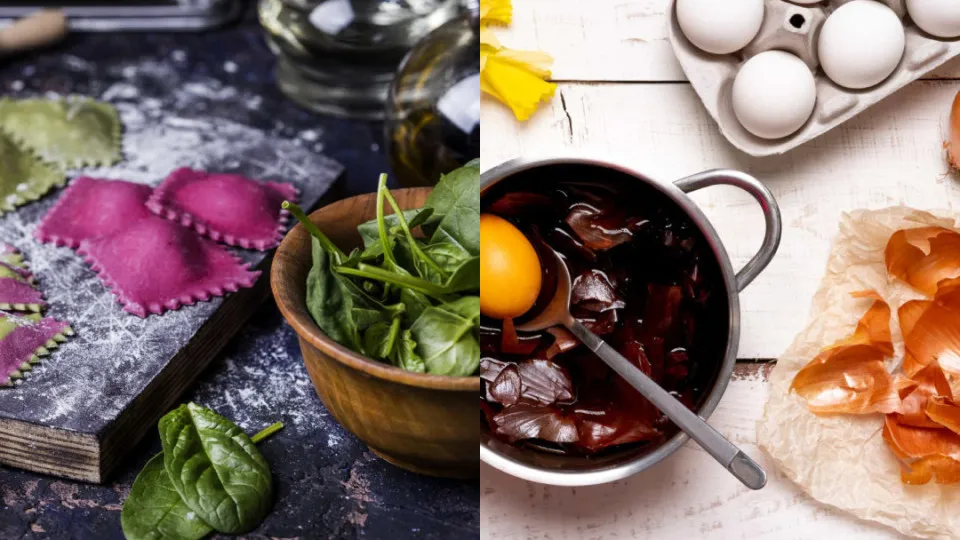Over the years, cooking has gone from something private we do in our kitchens as a means to survive, to something we take pride in and share online and use to impress people. You’ve surely come across pictures of meals that are probably not too different from something you’ve made yourself, but with a dazzling different array of colors. Most people also pay a good amount to get a fun-colored food item so they can take a photo of it before even tasting it.
Since we all know food coloring is not the greatest, there are a number of natural ways to dye your food and create something that your kids, friends online, or dining partner will love. Click on to find out more.



